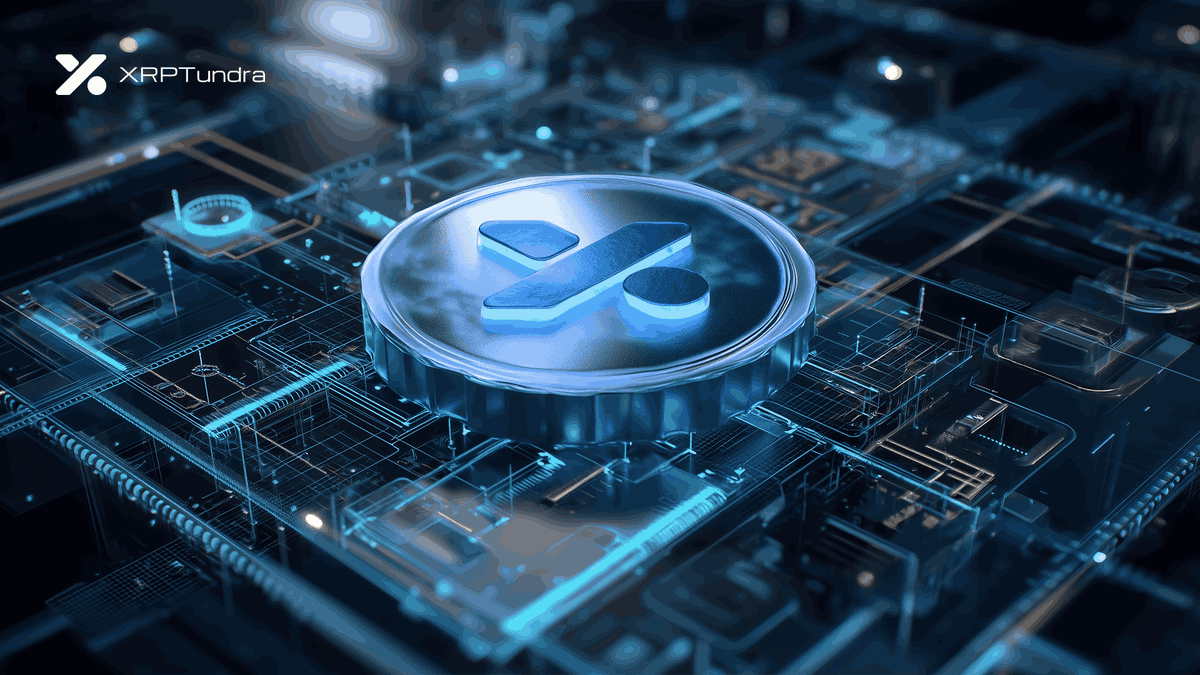A technical overview of XRP Tundra’s cross-chain design linking Solana and the XRP Ledger through verified contracts, advanced liquidity systems, and Layer-2 scalability.
The XRP Ledger finishes 2025 on a strong note, one of the few major blockchains that maintained both technical reliability and institutional traction through the year. Originally created for instant global payments, XRPL has evolved into a programmable system supporting decentralized applications, tokenized assets, and multi-chain compatibility. Recent network upgrades improved validator coordination and bridge support, making it ready for deeper interoperability.
Cross-chain design has become standard practice in DeFi. Most projects now distribute functions across several blockchains to balance liquidity, cost, and compliance. For XRPL, this evolution fits naturally. Its low-fee, deterministic transaction model provides the settlement base that other ecosystems need. As decentralized systems connect more closely, XRPL’s stability keeps it relevant as a high-integrity layer for asset movement between chains.
Inside XRP Tundra’s Dual Architecture
XRP Tundra links XRPL’s settlement efficiency with Solana’s transaction speed. It is structured as two synchronized layers that communicate through verified smart contracts, allowing users to access staking, liquidity, and governance tools without leaving the XRP environment.
Two tokens anchor the system: TUNDRA-S, a Solana-based utility asset for liquidity and staking, and TUNDRA-X, an XRPL governance and reserve token. During Phase 9 of the presale, TUNDRA-S trades at $0.147, while TUNDRA-X carries a reference value of $0.0735. The dual issue lets participants interact with both networks under one framework.
A recent breakdown from Crypto League details how the design keeps Solana’s programmable layer active while using XRPL for transparent settlement.
Liquidity Stability Through DAMM V2 Implementation
Liquidity control is central to any cross-chain rollout. XRP Tundra applies Meteora’s Dynamic Automated Market Maker V2 (DAMM V2) on Solana to manage this stage. The model replaces static fees with dynamic adjustments that change in real time, deterring bots and early dumping during initial trading.
Fees start high and taper as markets stabilize. Each liquidity position is tracked by an NFT, giving contributors transparent ownership and optional permanent locking to preserve baseline liquidity. This combination limits manipulation and keeps trading organic during early activity.
DAMM V2’s adaptive system aligns fee levels with market behavior instead of a fixed constant. It helps smooth price discovery, reduce volatility, and create a more sustainable pool for TUNDRA-S once secondary trading begins.
GlacierChain: Building XRPL’s Layer-2 Extension
Beyond current integrations, XRP Tundra is developing GlacierChain, a Layer-2 network extending XRPL into programmable finance. GlacierChain handles computation off-chain while confirming settlement on the Ledger. The approach allows for higher throughput without compromising XRPL’s verification model.
Planned utilities include automated market makers, lending tools, and tokenized asset frameworks designed for both open and regulated environments. Developers will be able to deploy financial applications that interact with Solana and XRPL simultaneously, keeping liquidity unified while scaling transaction capacity.
This structure keeps XRP functional in DeFi without external bridges or third-party custody – a direct progression from simple settlement into programmable infrastructure.
Verification and Transparency Across the Ecosystem
All core modules in XRP Tundra have been audited and verified. Three independent reviews – Cyberscope, Solidproof, and FreshCoins – evaluated token logic, vault contracts, and liquidity functions. Reports are public and form part of the project’s open-data policy.
The development team also completed full KYC verification with Vital Block. On Solana, integration of DAMM V2 matches standards used by established DeFi protocols, maintaining operational consistency across both networks.
These verifications give XRP Tundra a transparent base for cross-chain activity – audited code, confirmed identity, and traceable liquidity management. For XRP users tracking infrastructure growth rather than speculation, Tundra’s rollout shows how interoperability can expand real functionality while preserving compliance and on-chain clarity.
Follow XRP Tundra’s progress as it develops verified DeFi infrastructure for the XRPL ecosystem, and join our community on X (Twitter).
next